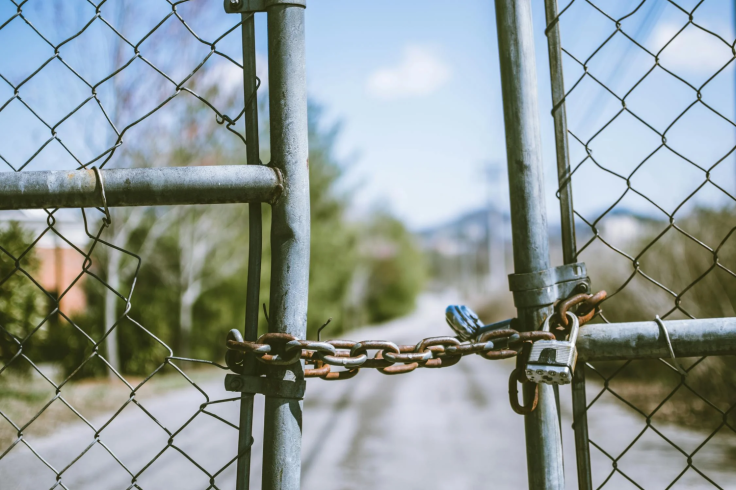Keystone College Faces Uncertain Future Despite Enrollment Drive: Accreditor Warns of Potential Closure
ByFounded over 150 years ago, Keystone College in Pennsylvania is currently grappling with a dire financial crisis that threatens its very existence.
Despite enrolling students for the upcoming fall semester, the future of the institution is shrouded in uncertainty, with the Middle States Commission on Higher Education (MSCHE) issuing warnings of potential closure. While the college's president, John F. Pullo Sr., has endeavored to reassure stakeholders, the situation remains precarious, casting a shadow over the campus community.

Financial Struggles and Seeking External Support
Keystone College's financial woes have been steadily escalating for over a decade, precipitating a series of desperate measures aimed at staving off impending fiscal collapse. A previous initiative to transfer ownership of the institution to a new nonprofit entity ultimately faltered, triggering heightened scrutiny from MSCHE. The accreditor's request for a teach-out plan, which would allow students to complete their degrees at alternative institutions in the event of closure, underscores the severity of Keystone's financial predicament.
The college's financial instability is further compounded by ongoing challenges in student enrollment. Despite maintaining a current enrollment of approximately 1,100 students, a notable decline from its peak of 1,400 students a decade ago, Keystone has encountered difficulties in bolstering its enrollment figures. In a bid to attract non-traditional students, Keystone unveiled the Department of Graduate and Adult Education in 2023, although the efficacy of this initiative in driving enrollment remains uncertain.
Failed Partnership and Investigation
In an effort to address its financial exigencies, Keystone embarked on exploratory discussions for a partnership with the Washington Institute for Education and Research (WIER), a nonprofit organization founded by a former member of Keystone's Board of Trustees. However, this proposed collaboration failed to materialize, prompting heightened scrutiny from MSCHE. Consequently, Keystone was compelled to place its vice president for finance and administration on administrative leave and initiate an unspecified investigation.
Although the details surrounding the investigation remain cloaked in opacity, the initiation of such an inquiry underscores the gravity of Keystone's predicament. Despite concerted efforts to maintain the integrity of its academic programs and uphold its commitment to student welfare, Keystone finds itself ensnared in a web of financial tumult. The designation of "heightened cash monitoring" by the U.S. Department of Education serves as a stark testament to the severity of the institution's fiscal distress.
Looking Ahead: Uncertainty and Hope
As Keystone College navigates the treacherous terrain of financial instability, a pall of uncertainty looms over its future. While admissions for the forthcoming fall semester are proceeding apace, the specter of imminent closure casts a long shadow over the institution. Nonetheless, the indomitable spirit of Keystone's faculty, staff, and students remains undaunted as they persist in their collective endeavor to weather the storm.
Despite the prevailing climate of uncertainty, there remains a glimmer of hope that Keystone can surmount the formidable challenges that lie ahead. With a storied legacy spanning over a century and a half, coupled with a resilient and steadfast community, Keystone stands poised to defy the odds. However, the path forward is fraught with obstacles, underscoring the precarious nature of higher education in an era fraught with economic turbulence.
Keystone College finds itself at a pivotal juncture in its illustrious history, grappling with existential threats that imperil its very survival. While the road ahead may be fraught with uncertainty, the indomitable spirit and unwavering resolve of the Keystone community offer a beacon of hope amidst the encroaching darkness. As the institution confronts its most formidable challenges yet, the outcome remains uncertain, underscoring the fragile nature of academic institutions in an era defined by economic uncertainty.
© 2025 University Herald, All rights reserved. Do not reproduce without permission.








